

Cymbidiums
Fred Stewart
Cymbidiums are among the easiest of all orchids to grow. They can be successfully grown and flowered in all the temperatea parts of the United States and the world. Each year Cymbidiums are becoming more popular, for they are, from many standpoints, one of the most satisfactory of all orchids to grow. Their vigor, ease of growth, pleasant appearance when not in bloom, long lasting flower quality and great range of rich pastel colors, are all reasons for their increasing popularity.
With Cymbidiums we must fix in our mind that they are cool growing terrestrials (plants that grow in soil) and that they put out a great deal of growth each year, compared to other types of orchids.
With Cymbidiums we must fix in our mind that they are cool growing terrestrials (plants that grow in soil) and that they put out a great deal of growth each year, compared to other types of orchids.
In California, where they can be grown out of doors, Cymbidiums may be grown in a lathhouse where conditions are favorable for Camellias, Azaleas and other shade loving plants. They are often grown successfully in the ground under trees where the shading is not too dense and the tree roots do not rob them of nourishment and moisture. If grown in pots or tubs under trees, this is not a problem.
In areas where winter freezing occurs, a glasshouse is required to protect Cymbidiums from below freezing temperatures. When grown under glass, a minimum night temperature of around fifty degrees is considered optimum. When grown out of doors, Cymbidiums will tolerate temperatures around, or even slightly below, freezing. If the temperature should drop to freezing though, a bed sheet, sack or sheet of flexible plastic should be thrown over the plants for their protection.
Suitable Soil
Cymbidiums can be grown in soils suitable to other shade loving plants. An important fact to bear in mind in formulating a Cymbidium soil is that the drainage must be good. Though Cymbidiums require great amounts of water during the growing season, they will not tolerate any standing water around their roots. Most composts today generally contain many or all of the following ingredients in varying proportions:
- Leaf mold for physical properties, food value and beneficial action.
- Clay free silt sand for body.
- Garden peat for physical properties, acid reaction, food value and moisture retention.
- Palco wool (ground redwood bark) for buffering action, acid pH and general physical properties.
- Fir bark for physical properties, acid reaction, food and moisture retention.
- Lime for proper acidity (around pH 6)
- Fertilizers for food.
The basic facts to bear in mind when you mix your soil are: make sure it is open and porous, has an acid reaction and that the drainage is thorough.
Assuming that we do have a carefully formulated mix with sufficient food value and good drainage, we must now balance this off with generous watering in order to assure the plants optimum growth. During the active growing season, which runs roughly from March through September in most parts of the United States, Cymbidium plants should be watered sufficiently to keep the compost quite on the moist side, in fact quite wet compared to Cattleya culture. One of the main causes of leaf tip die-back is insufficient water during the growing season. It is important when watering to see that the plant is thoroughly watered. Sufficient water to avoid shriveling of the bulbs is a good general rule during the cold winter months.
Repotting
A mature Cymbidium plant growing in a pot or tube is generally repotted or divided every two or three years. Repotting is necessary when the plant has filled the container with its growth or when the compost has broken down. The best time for repotting a mature plant is as early as possible in the spring after the plant has floivered, at least by the end of May.
If a plant that is being repotted has a compact growth habit and does not have any, or more than a few, leafless bulbs, it is often advisable to merely wash off the old soil from the roots and shift the. plant without dividing to a larger pot with fresh soil. With larger plants which may have a number of rootless, leafless bulbs in the center (called Back Bulbs), it is generally desirable to remove these rear bulbs at the time of repotting and dividing.
When dividing observe how the plant is growing and try to make well balanced plants of each division. From three to seven mature leaved bulbs can be considered a flowering size division. Do not be too eager to divide into small plants, for it takes a good sized, well established plant to produce the best flowers.
Light
This is one of the most important factors in the successful flowering of Cymbidiums. A good general rule is to give the plants sufficient light so that the foliage is greenish yellow, rather than a verdant green.
If the plants are grown under trees, make sure that the shade is medium to light, such as afforded by California Live Oaks. Trees such as Avocados or other dense shade types give too much shade. Several hours of clear early morning and/or late afternoon sun are highly desirable. We wish to emphasize that too dense shading is not conducive to optimum flowering.
We are learning continually that Cymbidiums produce more and better flowers when given greater light intensity than has generally been accepted as optimum. When plants are in flower, however, heavier shading should be given to promote clearer colored, better quality flowers.
We are learning continually that Cymbidiums produce more and better flowers when given greater light intensity than has generally been accepted as optimum. When plants are in flower, however, heavier shading should be given to promote clearer colored, better quality flowers.
Fortunately, Cymbidiums are subject to fewer pests and diseases than are most garden plants. Of course, care must always be taken to see that slugs and snails are kept under control. Orchid scale can be cleaned off with a toothbrush and plants sprayed with Malathion or DDT solution. Red Spider is perhaps the most persistent and difficult to detect of the pests. It can be found under the leaves where it sucks the surface sap and makes the undersides appear scratchy-whitish or silvery where the surface cells have lost their sap. Malathion and the new spray, “Aramite,” is very effective. There are a few rot and virus diseases found on Cymbidiums. The spread of these diseases can be controlled by proper precautionary measures, such as segregating, sterilizing cutting tools, and keeping the plants in good health.
Feeding
Fertilizing is a much discussed subject. We believe that a compost, such as has been recommended, contains sufficient plant food to last for some months. However, if it is decided to use a fertilizer, it should have an acid reaction.
If a commercial fertilizer is used, it should be applied at about onethird the strength recommended for other plants. Orchids do not like a strong fertilizing program. Brands frequently used in Southern California are Stewart's Ideal Orchid Fertilizer, Vigoro, Hyponex, Gaviota or “312,” and are applied at the rate of two teaspoons to one gallon of water about every two weeks to a month during the growing season.
An attempt has not been made to cover the field completely, but to outline a few of the basic procedures in the general culture of Cymbidiums. It must be understood that culture may vary greatly according to locality. Good common growing sense is always a valuable asset.
If you are in a locality where others are growing Cymbidiums, find a grower who is doing a good job and have him guide you wherever possible. Always bear in mind, too, that there is no short cut to good culture. You will get from your plants just what you give them in good care.

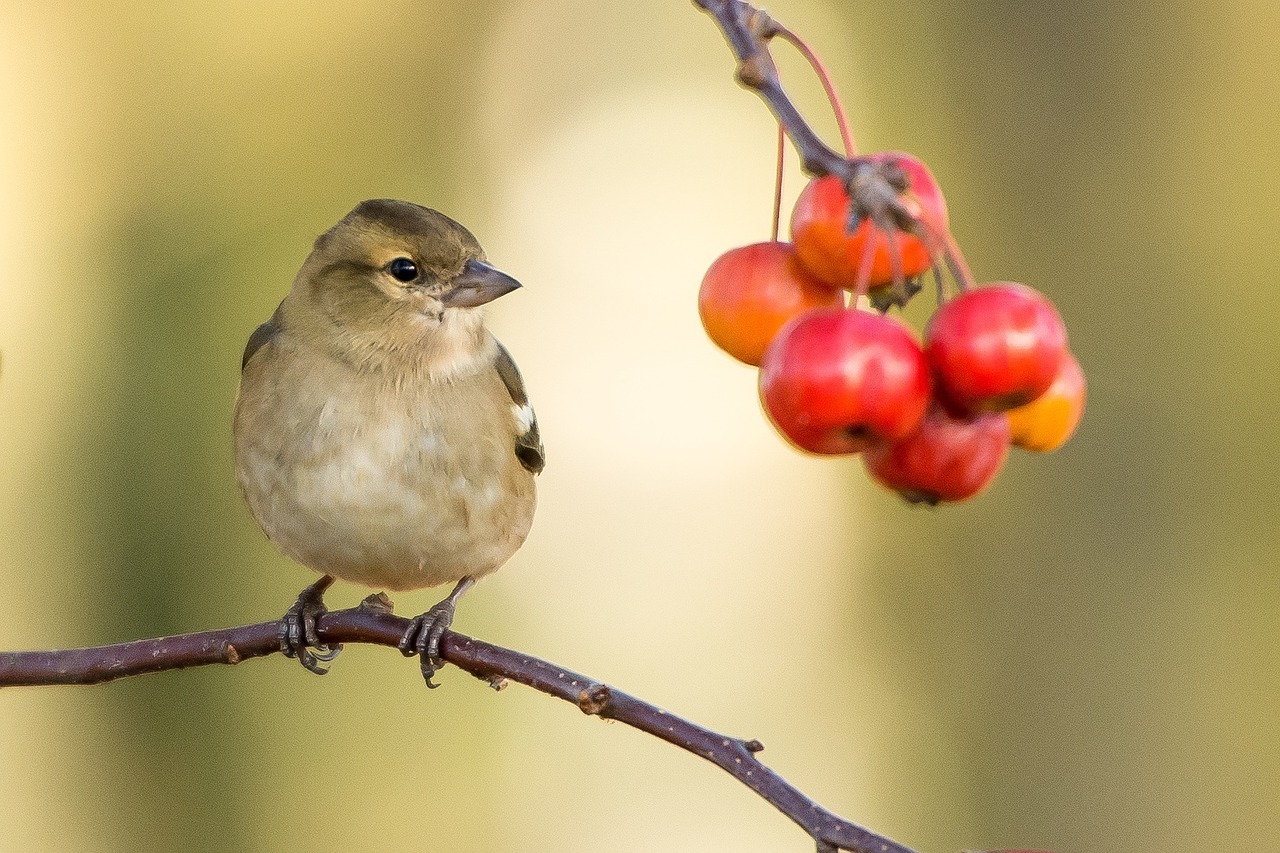
Provide More Winter Berries for the Birds
Meredith French
As winter settles in, gardeners enjoy snack-filled evenings by a cozy fire, but birds must look far and wide for food until spring. To attract and sustain local and migratory birds, plant some choice shrubs that offer winter berries. Then next winter, you can watch birds munch in your yard.
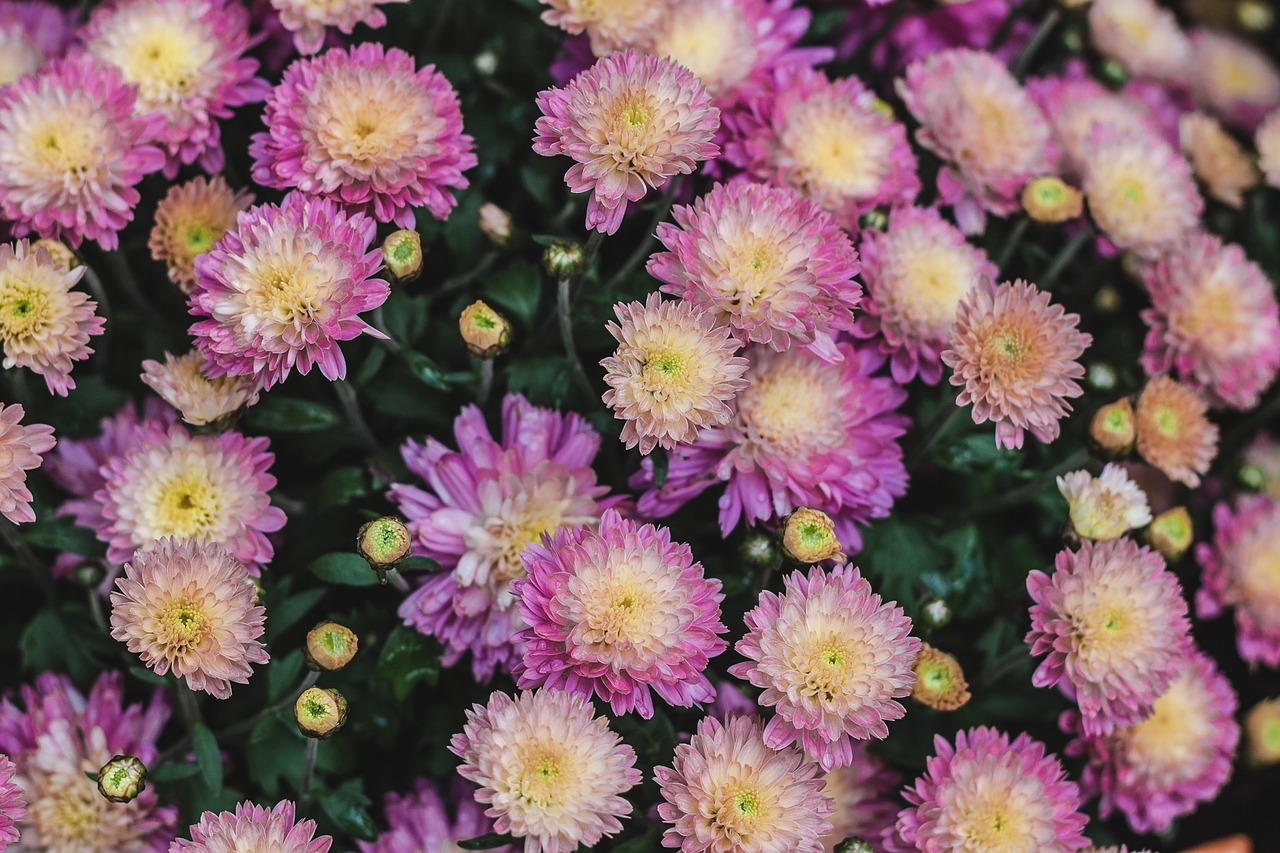
Chrysanthemum Culture
Charles B. Winkler
For those of us who, in the fall of the year, are thrilled with the beauty of the chrysanthemum, so appropriately called the “Queen of the Fall Garden,” and would like to try growing them, here are a few suggestions as to their cultural requirements which, if followed, will assure the pleasure of beautiful blooms when the remainder of the garden is at rest.

To Lovers of Garlic
Rosalie Garcia
Garlic is for those who like it. It's not a cultivated taste—you either like it or you don't. Those who are fond of garlic find it enticing, fragrant, and delicious.
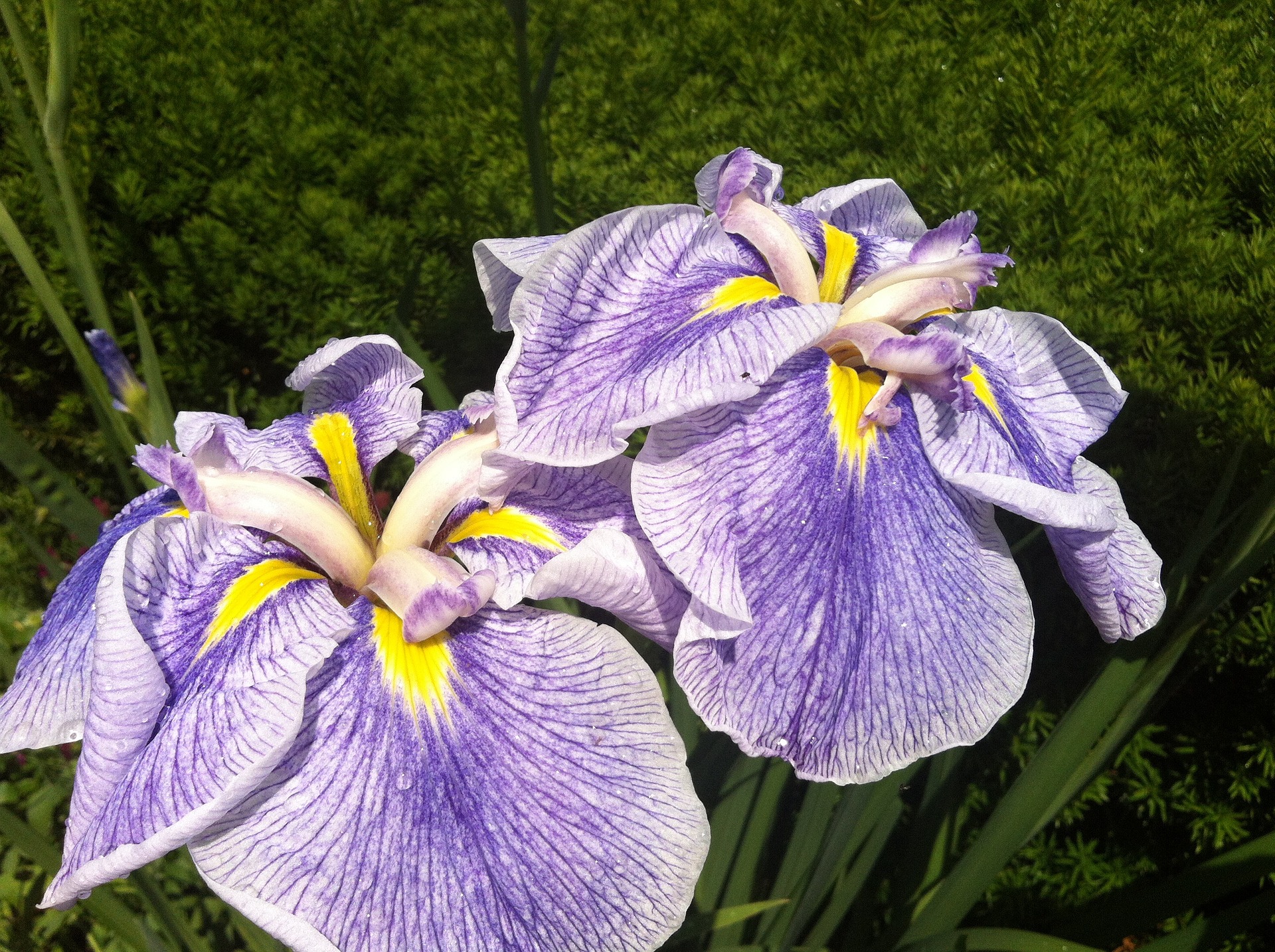
Japanese Irises for Color
Thelma Carrington
In the blossom of many Japanese irises, all six petals flare straight outwards to give the flower the shape of a dinner plate, with a diameter from six to twelve inches. Because of this distinctive shape, the Japanese irises frequently are referred to as “flat tops” or as “flying saucers.” But whatever they are called, these Oriental beauties provide an exotic and spectacular display of color.
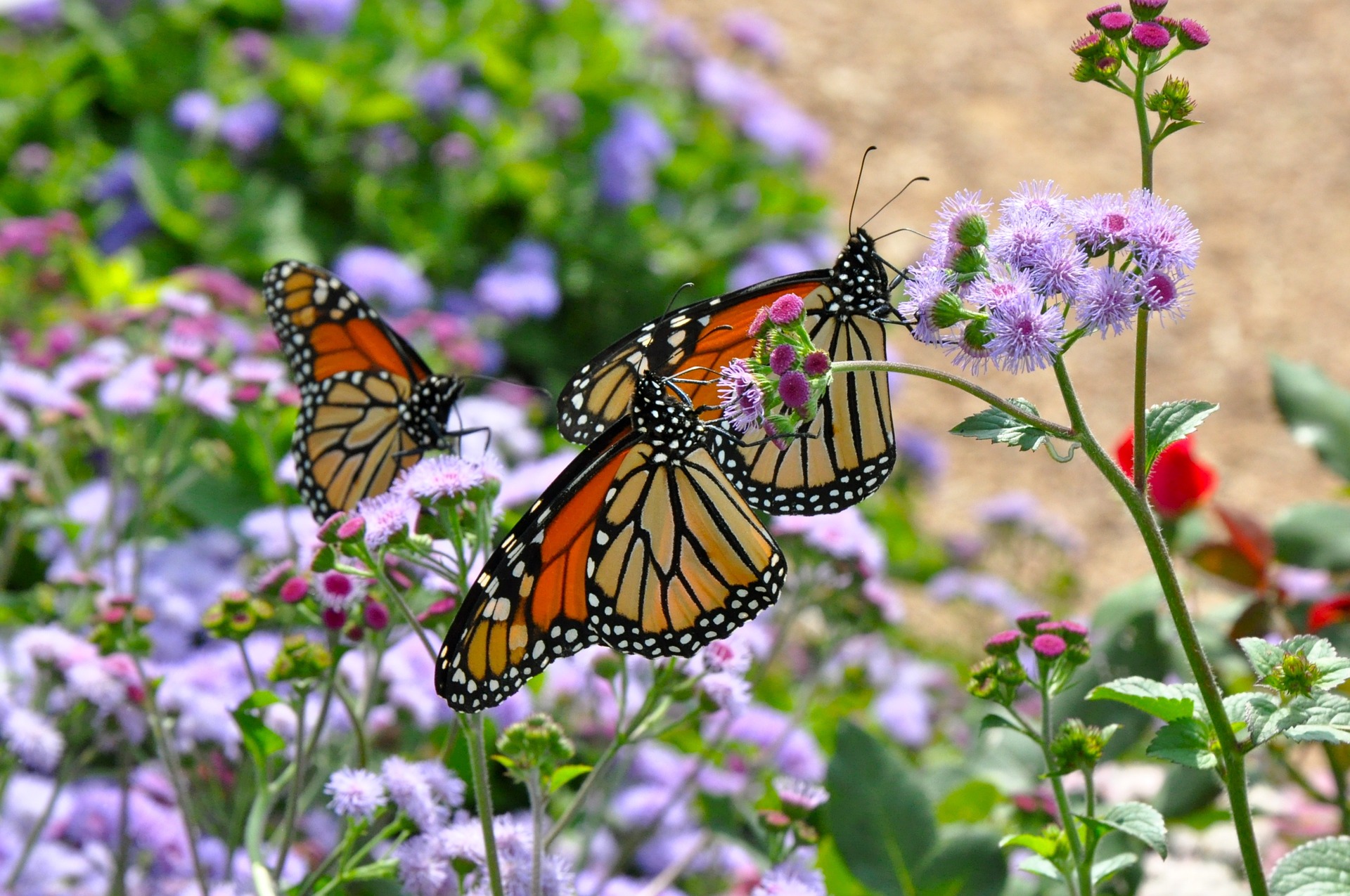
March of the Monarchs
Pat Pawlowski
Let's face it, we gardeners in Southern California are spoiled. We can pretty much garden year round; the only thing stopping us would be the rain that we most fervently welcome in order to (1) encourage growth of the native plant community and (2) discourage growth of the water bill.
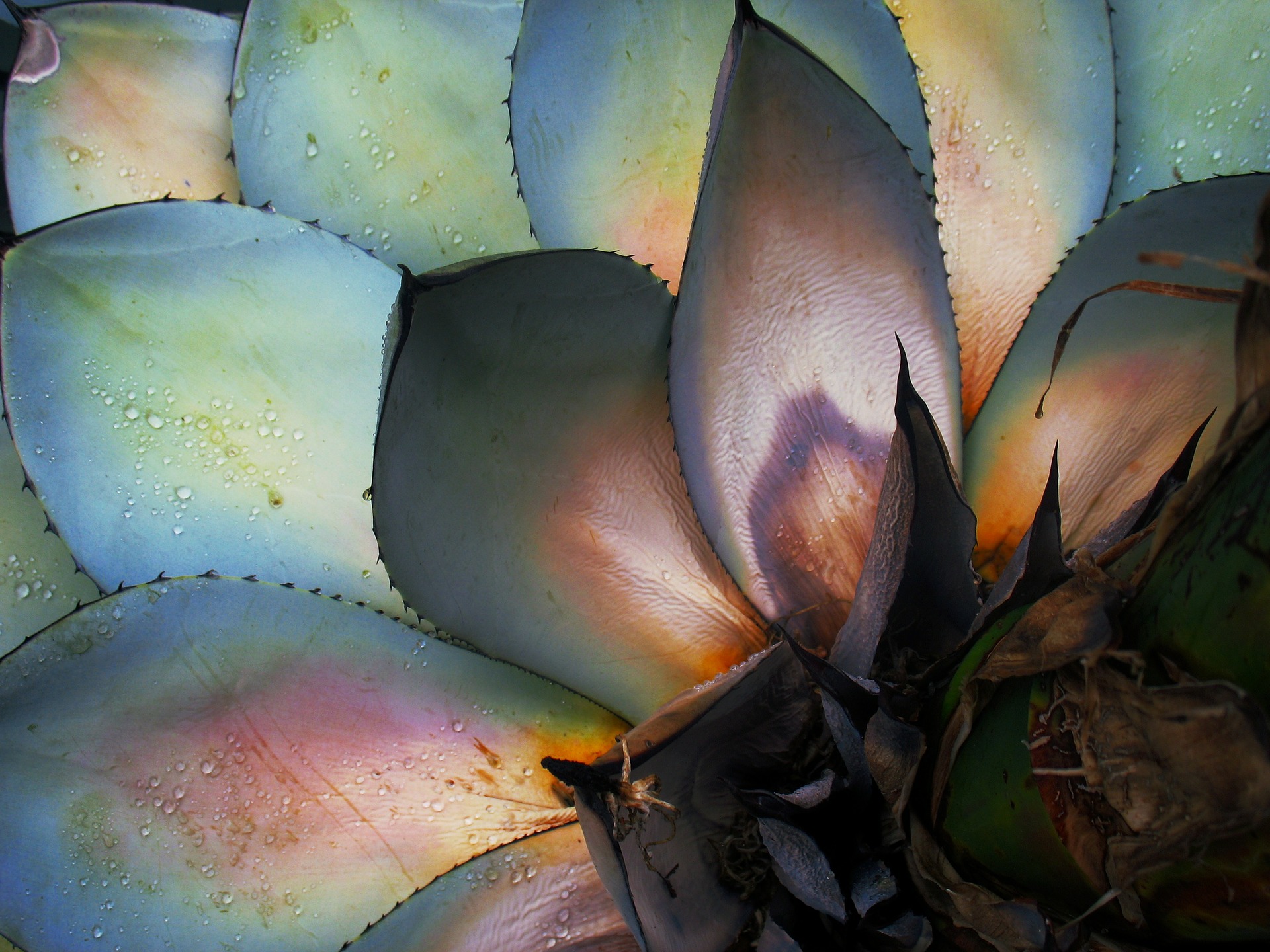
About Agave
Robert Horwitz
This amazing plant is a native of our area, the Gulf of California, and some western parts of the Caribbean. It is a dramatic plant of many species, all of which have very similar leaf shapes and colors. Most of the leaves have spiney edges that can penetrate flesh very easily.

Why Bamboo is Big at Quail Gardens: A History
Betty N. Shor
In 1979 two species of bamboo were in the ground at Quail Botanical Gardens in Encinitas: a not-very-large specimen of one of the timber bamboos, Bambusa oldhami, and a clump of the medium-sized Bambusa multiplex 'Alphonse Karr'.
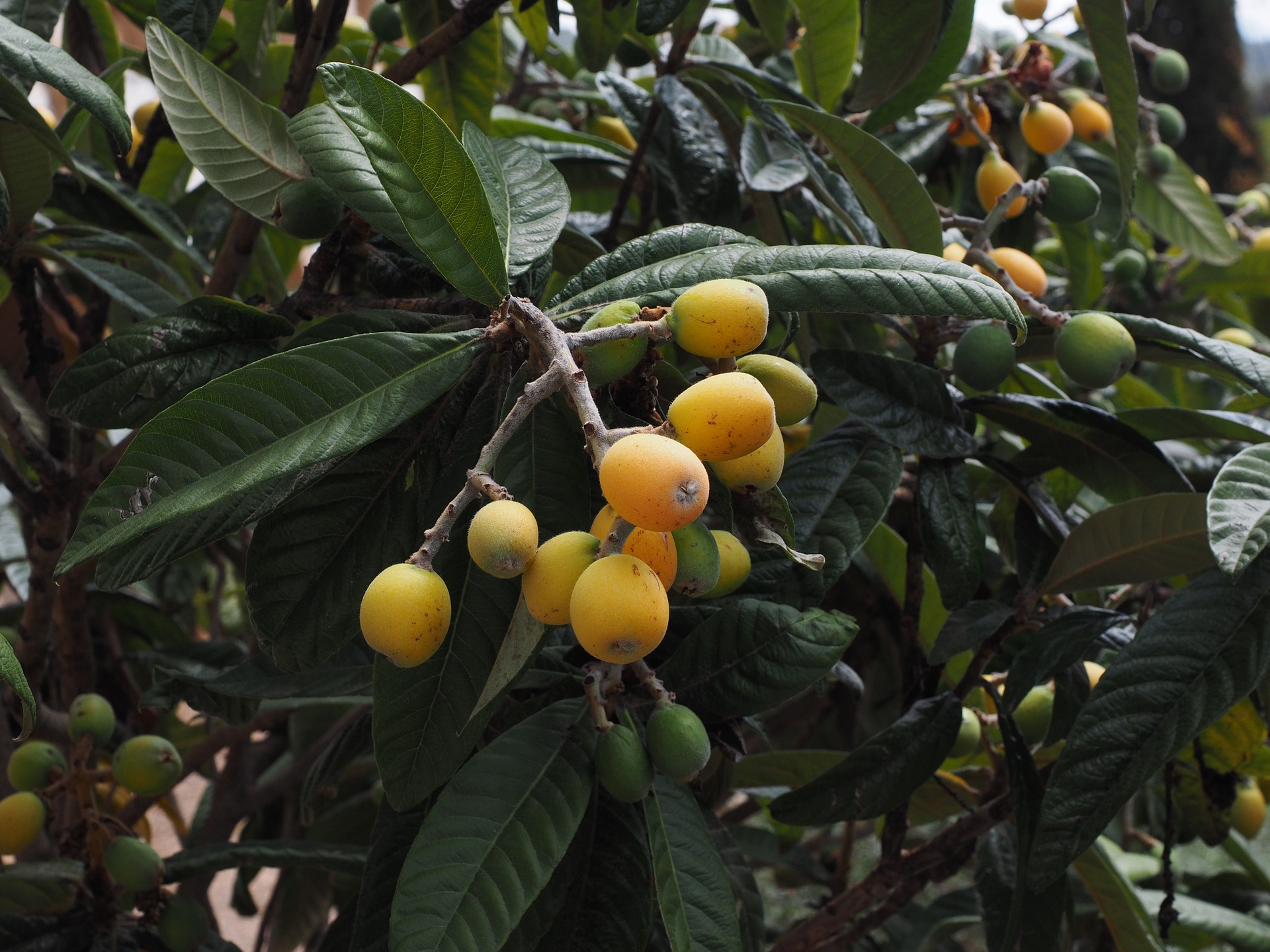
Loose Encounters with the Loquat
Richard D. Jones
I inherited this big, blossoming loquat tree with the purchase of my little house in Kensington in 1972. The big, scratchy leaves, the golden fruit and the fecundity of the seeds amazed me. I planted ten shiny compound seeds in ten Yuban coffee cans and in three months I had a row of bright green trees. All ten seeds matured. Prospects of prosperity driven by extrapolation hinted that I could farm my onethird acre with a whole orchard producing tons of fruit in as little as five years. But this dream faded when I began trying to use the loquats. Did you ever try to process loquats?

Growing Vegetables
George James
There are several factors which can influence the productiveness of a vegetable garden. It is helpful for the gardener to be aware of them and to know how to cope with them. If one is to enjoy gardening, he must have a fair degree of success. It is hoped the information provided here will help in achieving this success.
